There’s no perfect home. But there are lots of joyful ones.
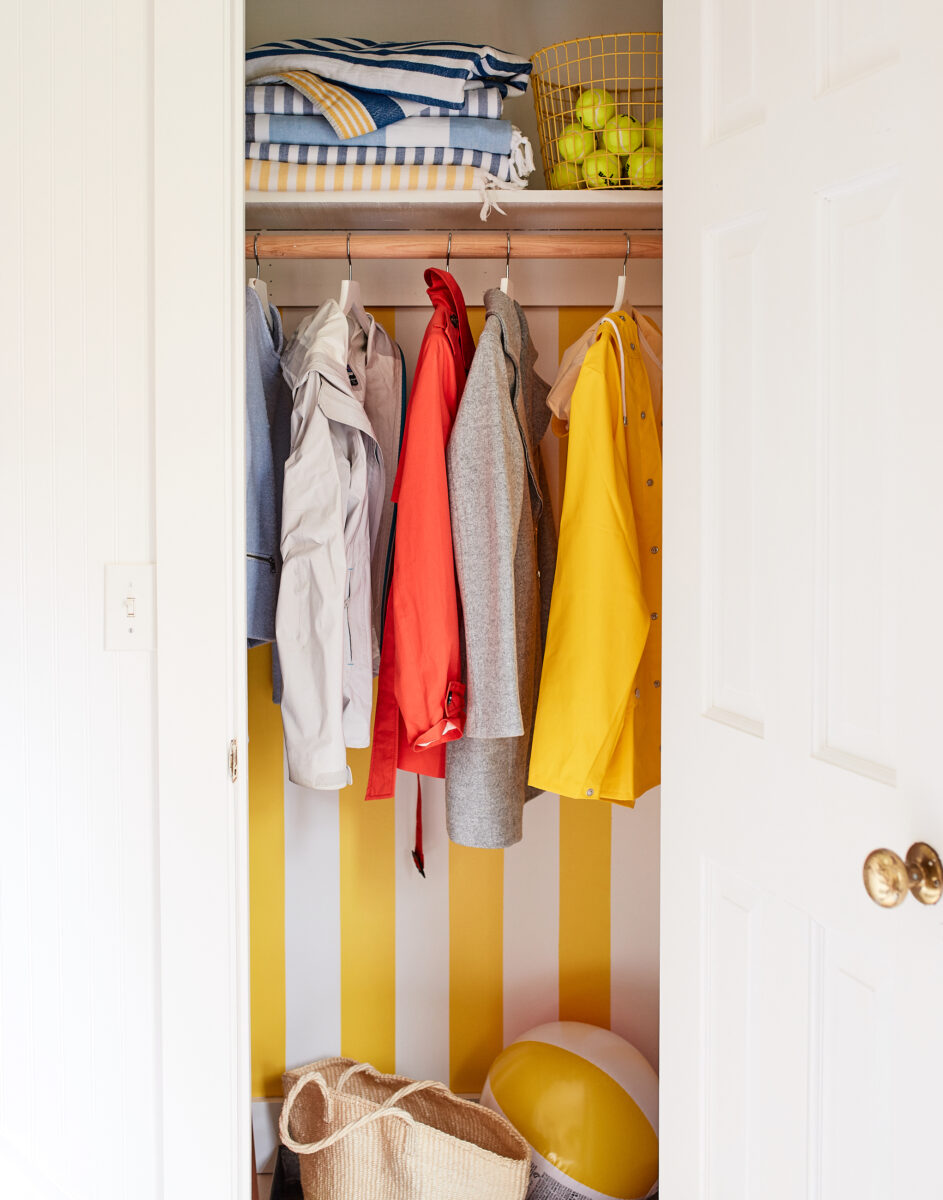
Thinking about a home refresh? Good timing! Sign ups just opened for our free LIVE home workshop, the 5 Secrets to Designing a Feelgood Home. We only do this once a year, so make sure to RSVP before spots fill up!
When you think of a joyful home, what do you see?
Take a moment to picture a home that has brought you joy. It could be a childhood home or the home of a grandparent or friend. Maybe it’s the kind of place where you could get lost in play for hours. Or where dinner parties run long because no one ever wants to leave. Or where you feel completely at ease, even if it’s your first time being there.
Chances are, if you have memories of a home like this, what you won’t see is perfectly styled interiors, expensive furnishings, or surfaces scrubbed of every hint of clutter. Instead, you’ll find vibrant reminders of the people who live there: their personalities, their passions, the things that matter to them and the people they care about.
My neighbor Jean had just such a house. When I close my eyes and remember it, I hear laughter and the bubbling of the filter in the koi pond in her entryway. I smell woodsmoke and animals, old wood and old books. The textures are braided rugs, pebbled glass, feathers, and whale bones — artifacts from her research trips around the world. The colors are faded by age and the warm sunlight that streaks through the windows along the side of the house.
Nothing perfect about this house, and thank goodness for that. It didn’t need to be perfect — because it was magical.
“Nothing,” said famed interior designer Billy Baldwin, “and I mean nothing, is interesting unless it is personal.” Picture perfect homes seem appealing on Pinterest, but what really makes a house feel like a home is its connection to the people who live in it. I don’t know any perfect people, but I do know people who are warm, funny, adventurous, gentle, generous, the life of the party. And when their homes reflect these qualities about them, those homes are a joy to be in.
There is no perfect home. But there are lots of joyful ones.
This truth is liberating! It frees us from the pressure of trying to fit our messy lives into some Platonic ideal of a home and instead lets us bring our whole selves to the task of home design. When we embrace the idea that there are many different homes that might bring us joy, we open up a whole world of possibilities. Our job in designing our homes isn’t deducing what the perfect paint color and sofa combo might be, but rather discovering what brings us alive.
Joy isn’t one-size-fits-all. Nevertheless, joyful spaces often have similar effects on the people in them, even when the designs themselves are very different. I’m reminded of this each year when I see the transformations done by students in the Design a Home You Love course. If you haven’t heard about Design a Home You Love, it’s a 6-week program that helps you learn to trust your intuition, express your style, and confidently create a home that gives you more peace and joy, every day.
Now in our third year of offering this course, more than 600 students have used the program’s uniquely intuitive approach to design to transform their spaces. Today, I want to share four stories from students that illustrate common side effects of designing a space with joy in mind.
A windowless closet becomes a magnet for students
It might come as a surprise that our first space isn’t actually a home at all. People often ask me if you can use the ideas in Design a Home You Love to transform others kinds of spaces, and that’s exactly what school speech therapist Madeline Janney did in her office.
Before the transformation, Madeline said she felt lucky to have her own space to work with students, but jokingly referred to the tiny, windowless space as her “speech closet.” It didn’t feel like a warm or welcoming place to come for speech therapy. The giant black boxes on the ceiling provide internet service to the building, but aren’t exactly joyful features of the room. The standard issue school table and chairs and institutional flooring made visits feel clinical instead of playful. You can see in her before image (below) that she was trying to create some joy with the colorful dots on the wall, but they were getting a bit lost in the space.
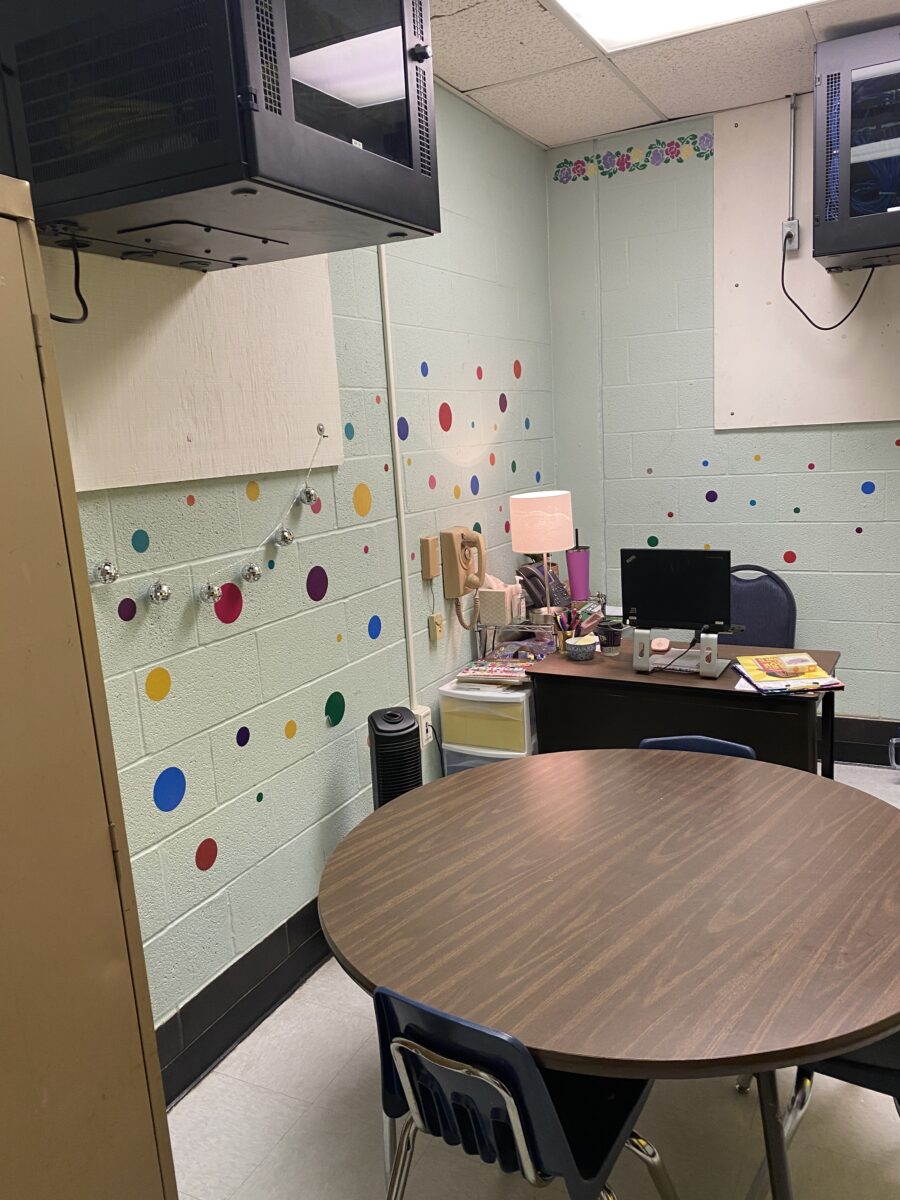
To create an atmosphere more conducive to speech therapy, Madeline focused on adding soft textures (pompoms, shag rug, and soft seating) and bringing more light into the space. Making these changes turned her little room into a magnet. She says that her space has become “a calm, safe place for students — it has officially become cool to come to speech therapy!” She notes that she has tons of kids every day asking to come to her room, and that teachers, students, and visitors alike are drawn in by the unusually welcoming space.
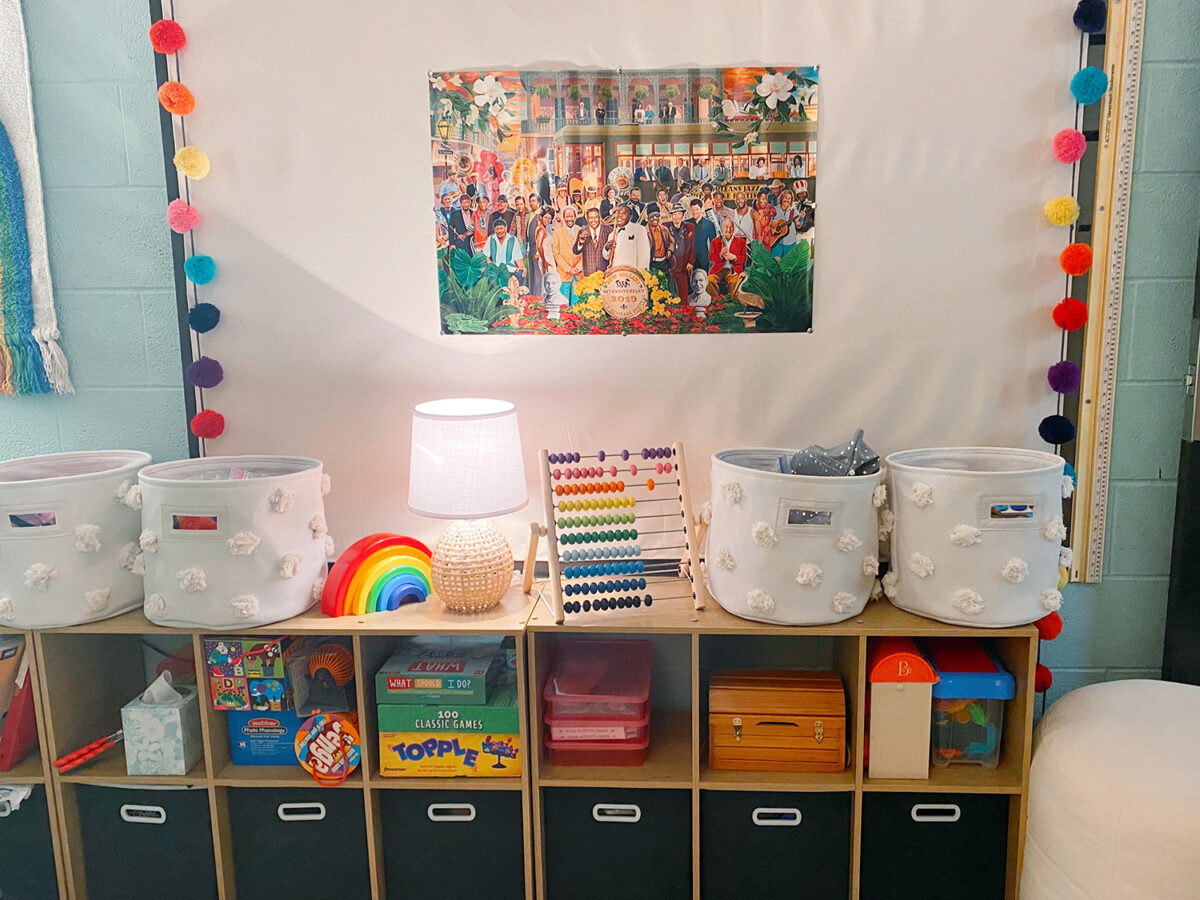
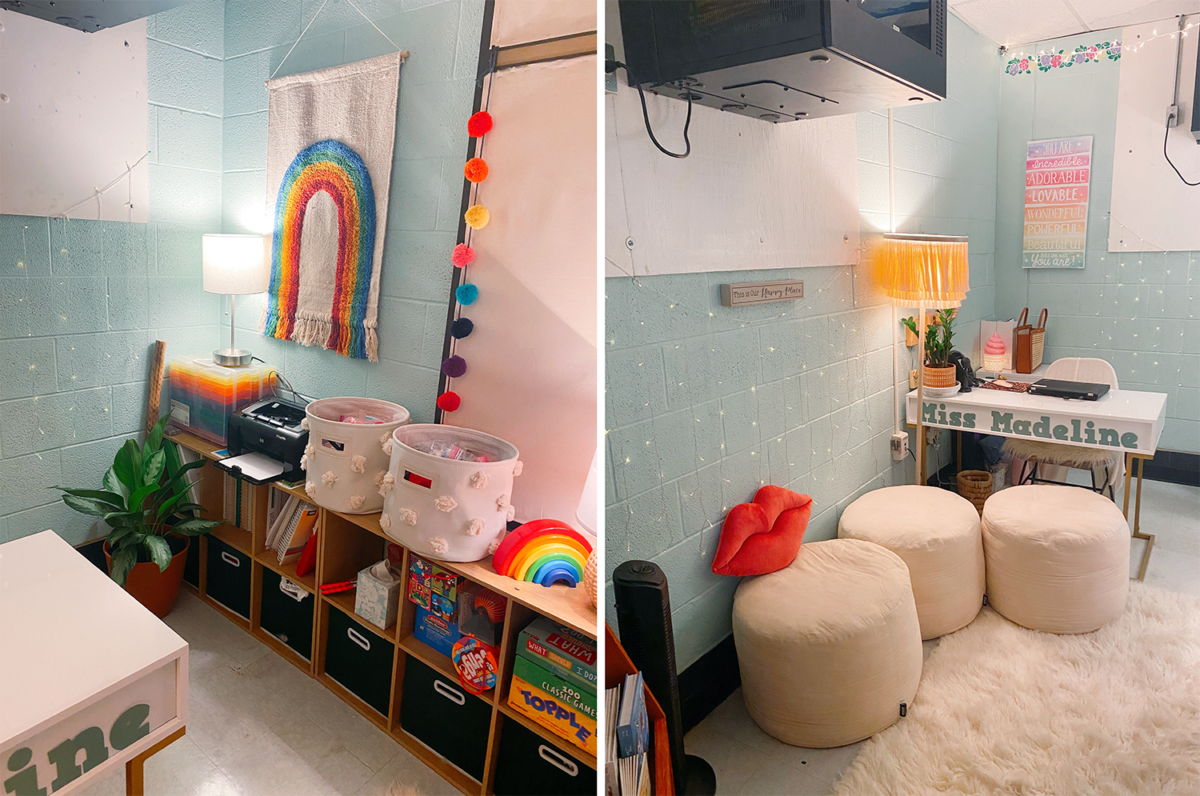
Our team chose Madeline’s transformation as the winner of the Joyful Home Giveaway this year, a special contest we do to celebrate students and their work. I love this transformation because it shows how joyful design can both attract and disarm. Instead of feeling anxious or fearful about going to speech therapy, students now seek refuge in her space, making her work even more effective.
A family room comes to life
Before she transformed her family room, Amandine Loveland had the classic problem that so many people struggle with: a space she just avoided. With neutrals in every direction, the room felt dull and tired to her. She especially disliked the space in winter because it felt cold.

“I wanted our living room to feel warm and vibrant and to be an inviting space for everyone in our family, toddlers and adults alike,” says Amandine. Though she initially worried that she was going to have buy a lot of new stuff for her space, she discovered that she actually really liked the color of her sofas, once they weren’t weighed down the by the grey walls. Then she brightened the space at minimal cost by creating a mural with vibrant oranges, yellows, and greens.

Since the transformation, Amandine says, “My kids spend so much time playing in this space, and we have loved spending time there as a family. I have been more excited to host friends and family as well!” Amandine’s space shows how joyful design can enliven a dead space. Just as in Madeline’s speech closet, when a space feels good, people can’t resist being drawn to it.
A home office becomes a sanctuary that makes writing flow
Sanchita Balachandran’s attic office used to feel anonymous and uninspiring. It has beautiful natural light, but it became a dumping ground for clutter and a space she felt she had to go to work in, not a place she wanted to be. “Not much happy writing happened in there,” she says.
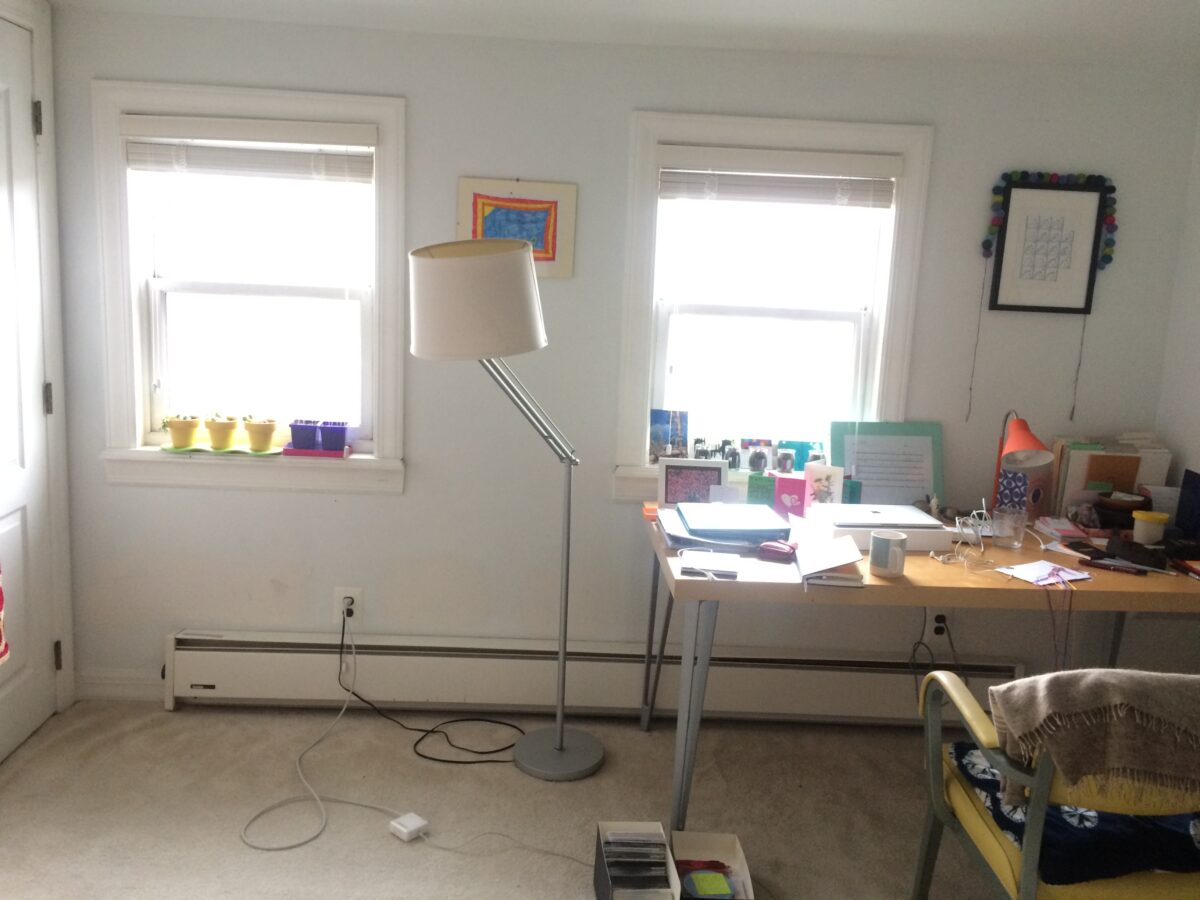
Sanchita’s transformation of her home office focused on learning to trust her own intuition so she could choose energizing colors and set up the space in a way that felt good to her. She took her time and mostly repurposed and rearranged items she already had.
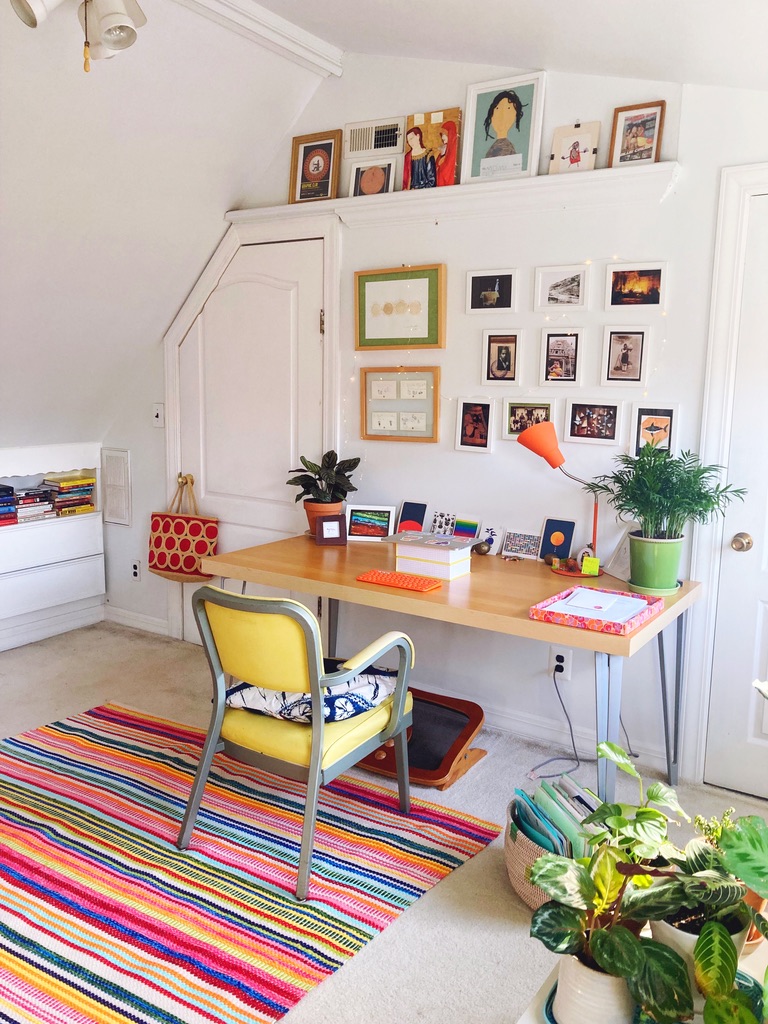
Now, “This space makes me sigh with pleasure and delight each time I go into it (which is daily),” she says. “I can’t fully express just how important this place has been especially as the pandemic wears on–there is at least one place that feels like a sanctuary and where I can go to gather myself and delight in so many little moments.” What I love about Sanchita’s story is how she took time to trust her gut and really work with what she had. The power of her design comes out in her work: “While writing is still very hard, it is easier to write in such a beautiful, happy and encouraging environment.” A joyful space not only makes us feel relaxed and safe, it also makes it easy to focus on the things we love to do.
A living room celebrates a couple’s unique passions
I’ll be honest, when I first created the Design a Home You Love course, I never imagined that it might be used to create a sports-inspired interior. I don’t play or watch sports, apart from the occasional game of tennis, and they don’t really factor into my own daily life. So I was intrigued to see this story from Jenny Chaney, a student who created a living room inspired by her love for the Pittsburgh Steelers.
At the start of her project, Jenny found her living room dreary and uninviting. It didn’t reflect her personality, and like so many of the stories I’ve shared here, it became a kind of dead spot in the home because as Jenny says, “it felt as if it was draining my energy daily.”
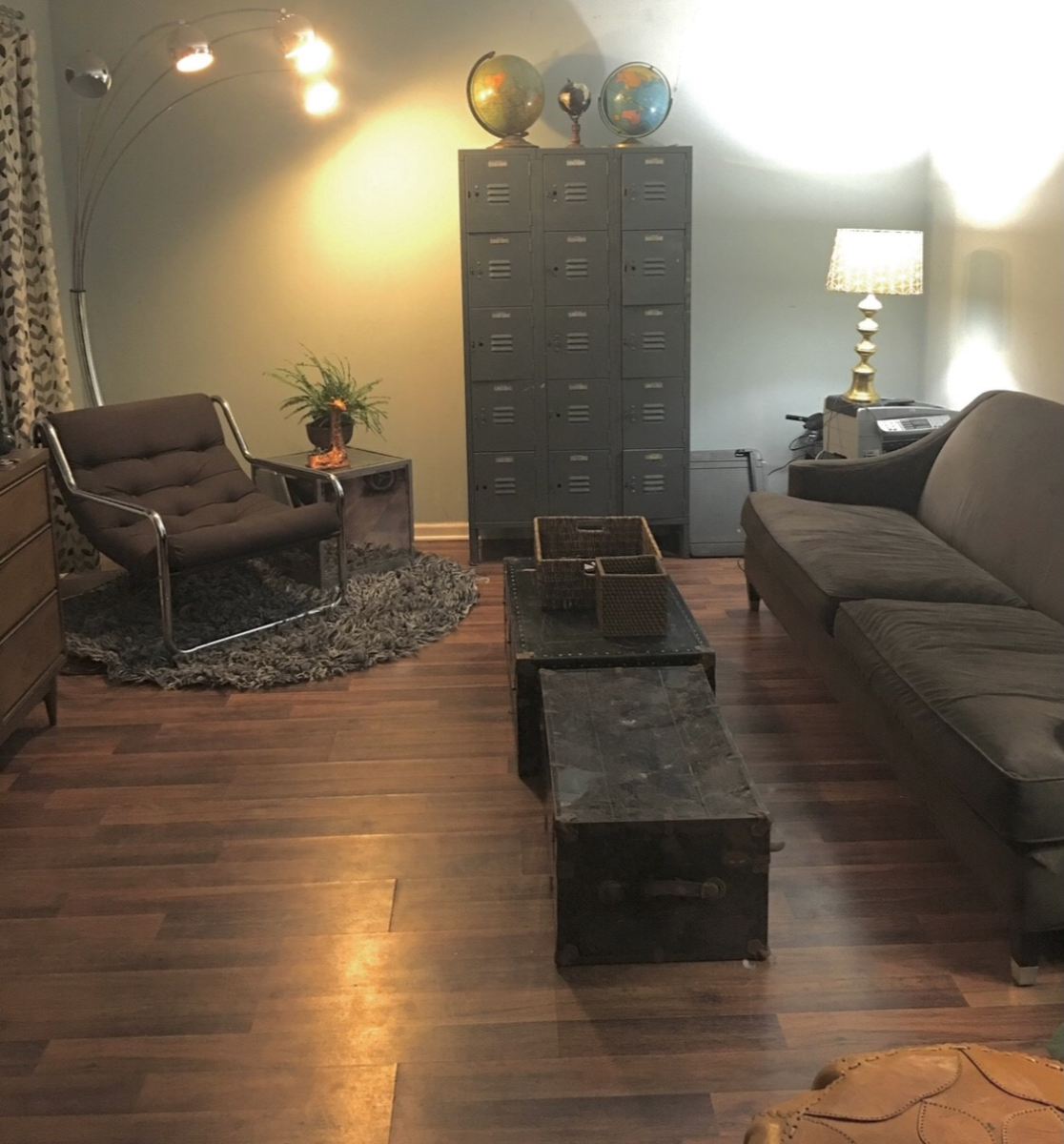
She and her husband are huge fans of the Steelers, and collect pieces of memorabilia and art that celebrate that passion. But when Jenny first started thinking about decorating with these ideas in mind, the images she found on Pinterest all felt like souvenir stores or man caves. She wanted a sophisticated living room that incorporated her interests, not a theme park!
She used solid fields of color (gold curtains and dark, yet saturated walls) to create a backdrop for team-related artifacts and art by artists who are also fans of the team and incorporate Steelers motifs into their work. She used black and white patterns to create a sense of layering that breaks up the flatness that sports graphics can sometimes introduce into a space.
Jenny’s husband wasn’t too involved in the decor of this space. But she knew she’d created something that really reflected both of them when he texted her asking for photos of the room to share with one of his colleagues. “It was then that I realized just how much my process of creating a joyful space truly meant!” says Jenny.
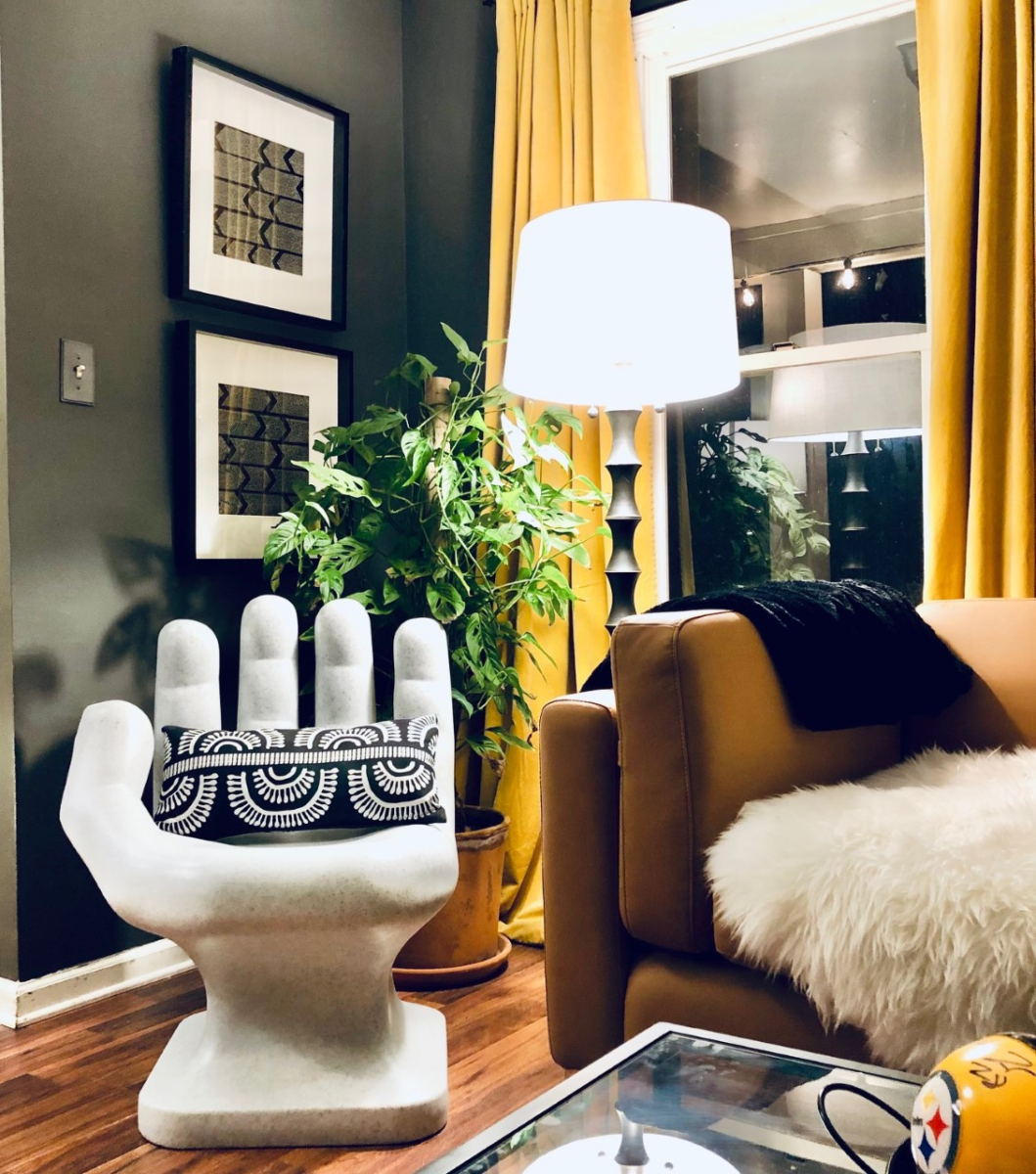

No two joyful spaces are alike, but they share certain qualities. Joyful spaces make us feel safe and seen. They give us refuge from the stresses of the world, while enlivening our senses and inspiring our creativity. They have a magnetic quality, drawing people in even if they don’t quite know why. And they make it easy to do the things we love.
Each year I feel grateful that I get to reflect on what we all are creating together when we bring more joy to our spaces. Bit by bit, we’re pushing back against the homogenization and greyness that is so often hailed as tasteful design. When we bring our full joyful selves to our spaces, our homes (and offices and schools!) become places where we truly thrive.
Reminder: My free live home workshop is coming soon! Learn how to create a home you love without moving, renovating, or spending money you don’t have. Save your seat right here.
Images: Top: Johnny Miller. Before and afters courtesy of Madeline Janney, Amandine Loveland, Sanchita Balachandran, and Jenny Chaney.


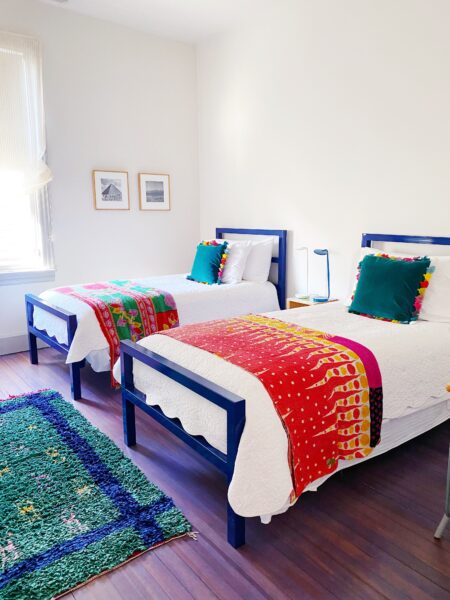


Discussion (1 Comment)
Ingrid, thank you for the reminder that a joyful home doesn’t have to be perfect. Your article emphasizes how much a home is shaped by the people who live in it, not by perfect decor. The stories of your students are inspiring; they show how important personal style and intuition are in designing our space. This encourages me to shape my own home less by perfection and more by personal significance. Thank you for the valuable insights!